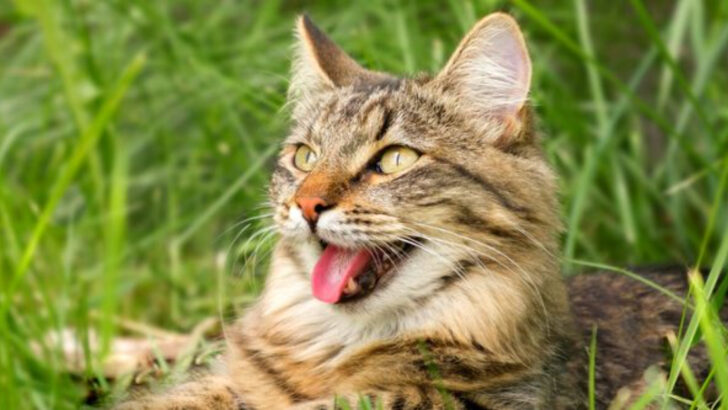Is your cat drinking enough water? Dehydration in cats can sneak up on you and lead to serious health problems if not caught in time. It’s not always obvious, but knowing the warning signs can be a game-changer for your feline friend’s well-being.
Cats are notoriously tricky when it comes to hydration. Unlike dogs, they don’t always drink on their own, and dehydration can creep in before you even realize something’s wrong. A little extra vigilance can go a long way in protecting their health.
From lethargy to dry gums, there are several subtle signs that your cat might not be getting enough water. In this post, we’ll reveal the 8 key signs to watch for and what you can do to make sure your cat stays hydrated, happy, and healthy. Let’s dive in!
Sunken Eyes
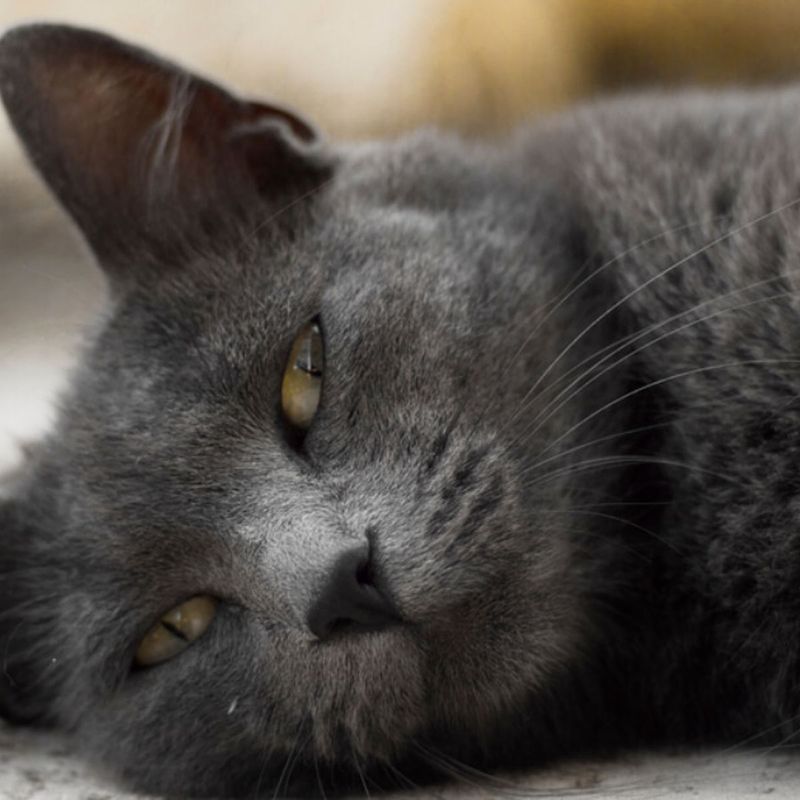
Sunken eyes in cats can be a concerning sign of dehydration. If you notice your cat’s eyes appearing more recessed than usual, it may be time to assess their water intake. This condition occurs when the body lacks enough fluids, affecting the skin and eye tissue.
To check, gently pull down the lower eyelid and observe if the inner lid appears dry. Encourage your cat to drink more water by providing fresh, clean water daily. Consider a cat water fountain to make drinking more enticing.
Regular veterinary check-ups can also help in early detection and prevention of dehydration.
Dry Mouth and Gums
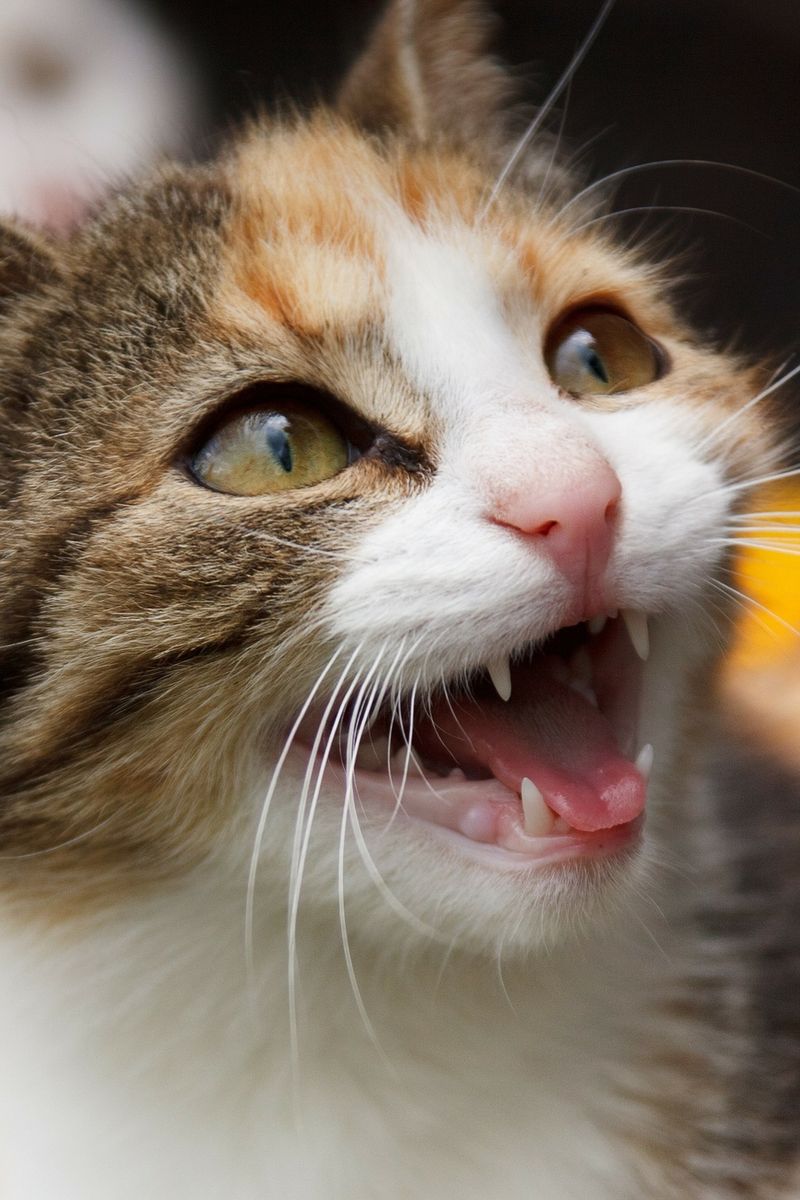
One telling sign of dehydration in cats is a dry mouth and gums. When a cat is well-hydrated, their gums should be moist and slippery. If you notice dryness or tackiness, it’s time to act. This condition indicates a lack of saliva production, a critical component for digestion and oral health.
To assess, gently press a fingertip against your cat’s gums and observe the color return. Slow color return means dehydration.
Increase water accessibility and flavor the water with low-sodium broth to encourage drinking. Always monitor your cat’s hydration, especially during hot weather.
Lethargy
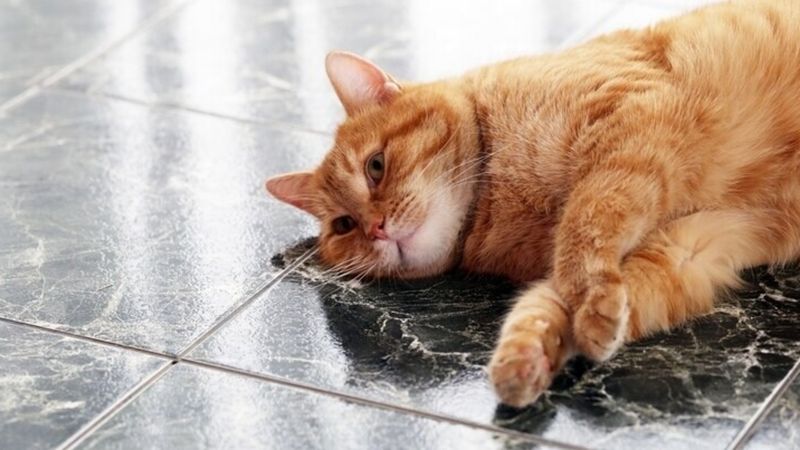
Lethargy can be a subtle yet significant indicator of dehydration in cats. If your once-active feline suddenly seems tired or indifferent, lack of fluids might be the culprit. Dehydration affects energy levels and can make your pet feel weak or fatigued.
Observe if your cat hesitates to play or interact, as this could be a red flag. Ensure they have access to fresh water at all times and consider wet cat food, which contains higher moisture content.
Consult your vet if lethargy persists, as it may signal other underlying health issues.
Loss of Appetite
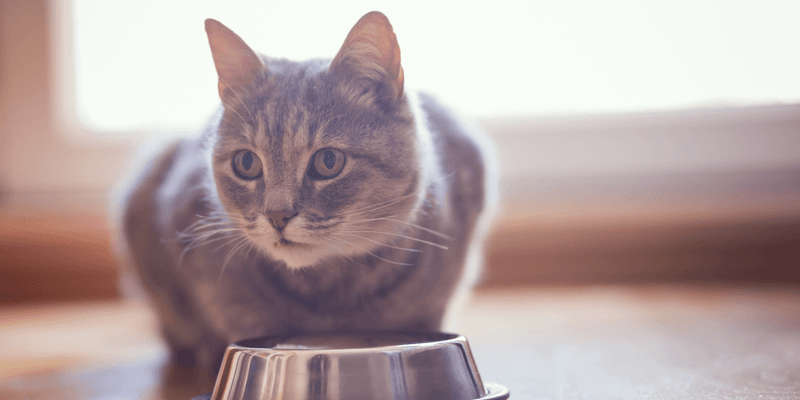
A sudden loss of appetite in cats may signal dehydration. If your cat snubs meals or only nibbles at food, it’s crucial to investigate further. Dehydration can decrease appetite because it disrupts normal bodily functions and digestion.
Ensure your cat’s water bowl is always full and clean. Try offering wet food, which provides additional hydration, or add water to dry kibble to make it more appealing.
Monitor your cat’s eating habits and weight, and contact your veterinarian if appetite loss continues, as it could indicate more serious health concerns.
Poor Skin Elasticity
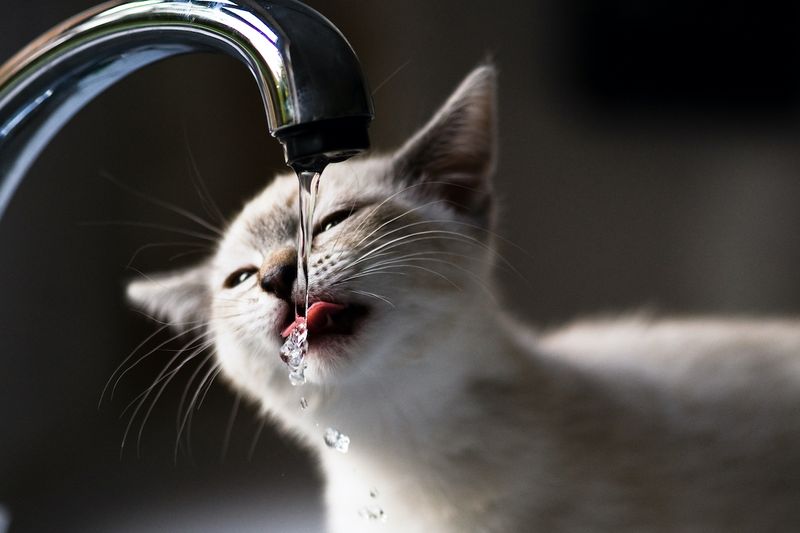
Testing skin elasticity is a simple and effective method to check for dehydration in cats. Gently pinch the skin at the back of your cat’s neck and observe how quickly it returns to its original position.
In a hydrated cat, the skin will snap back immediately. Slow skin return indicates dehydration. This is due to decreased fluid levels affecting skin elasticity.
Ensure your cat drinks enough water by maintaining fresh water sources. If you observe persistent skin tenting, consult your vet for a comprehensive health assessment to prevent further complications.
Increased Heart Rate
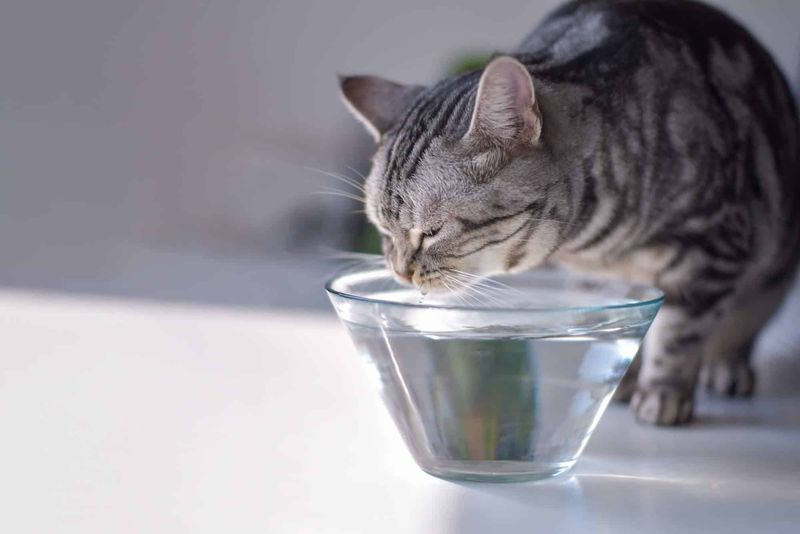
An increased heart rate in cats can be a sign of dehydration. When dehydrated, the body compensates by increasing heart rate to maintain blood flow and pressure.
To check, calmly place your hand on your cat’s chest and feel for rapid beats. A higher than usual rate warrants attention.
Keep your cat hydrated by encouraging regular water intake and monitoring their drinking habits. If you notice persistent increases in heart rate, seek veterinary care. This could prevent further health complications and ensure your cat’s overall well-being.
Panting
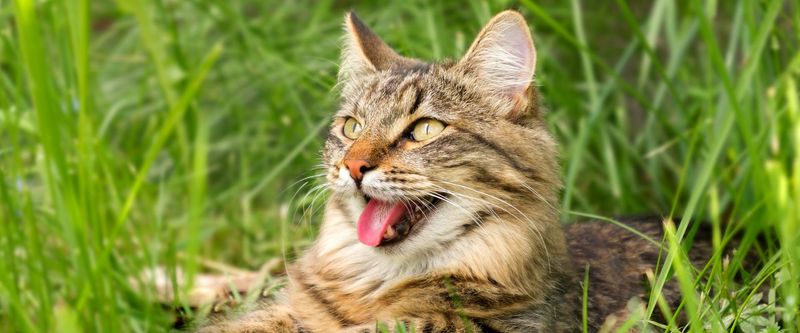
Although panting is common in dogs, it can indicate dehydration in cats. If you observe your cat panting, acting restless, or breathing heavily, they may be dehydrated. Cats typically pant to cool down or when stressed, but consistent panting is unusual.
Ensure your cat has a cool, shaded area and plenty of water. Consider using fans or air conditioning during hot weather. If panting persists, consult your vet for further evaluation.
Understanding the causes can help you address the issue promptly, ensuring your cat remains comfortable and healthy.
Constipation
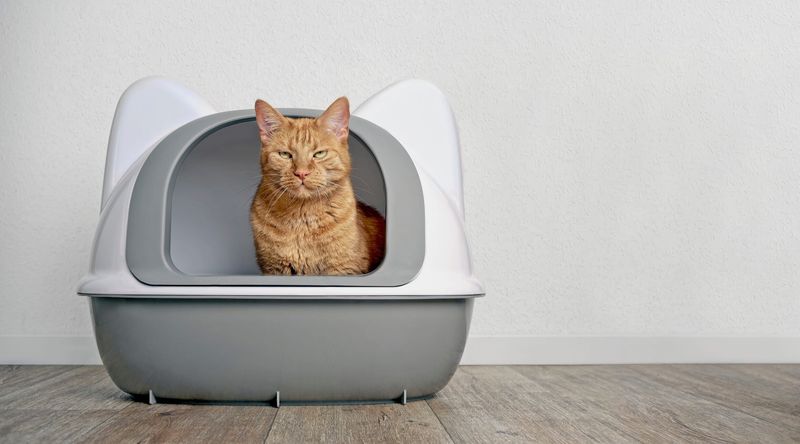
Constipation is often overlooked but can signal dehydration in cats. When dehydrated, a cat’s body absorbs more water from waste, leading to hard, dry stools and discomfort.
If your cat strains in the litter box or produces small, hard stools, it may be time to increase their water intake. Offer wet food or add water to dry kibble to enhance hydration.
Regular monitoring of litter box habits is essential. Persistent constipation requires veterinary attention to rule out other potential health issues and ensure your cat’s digestive system functions smoothly.

